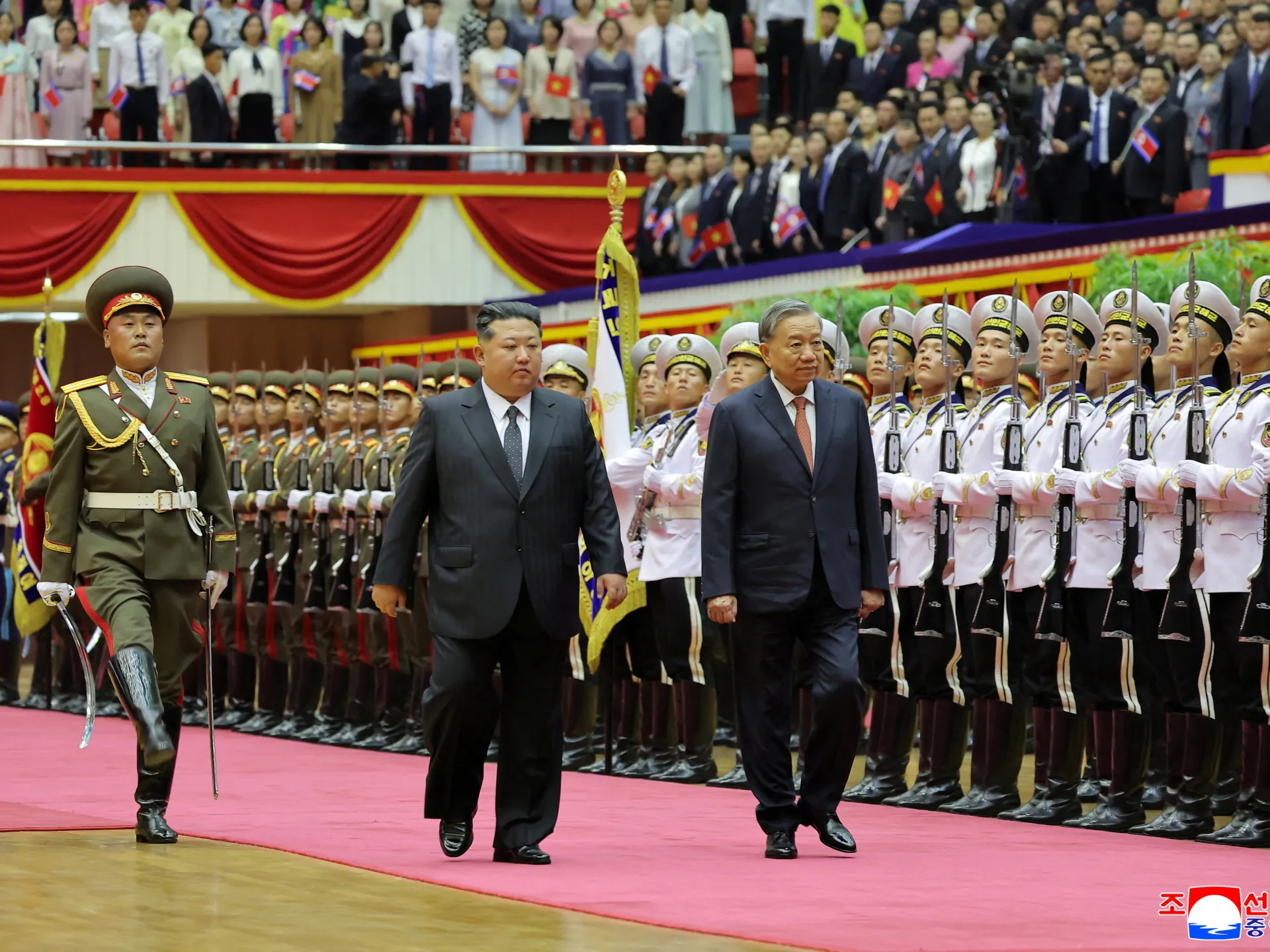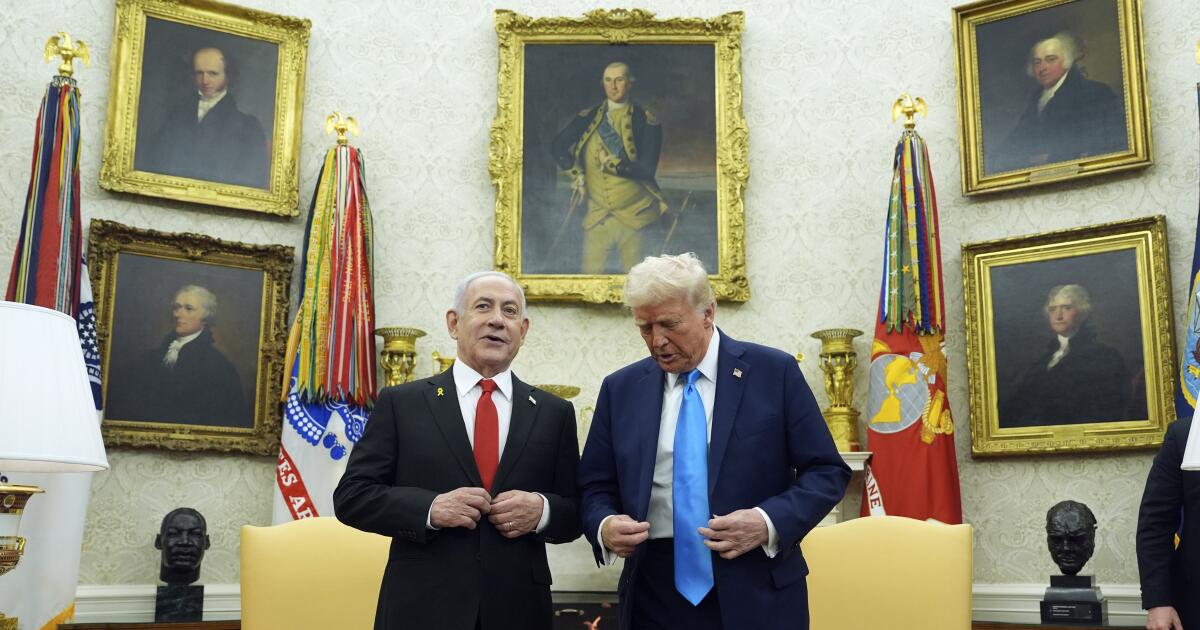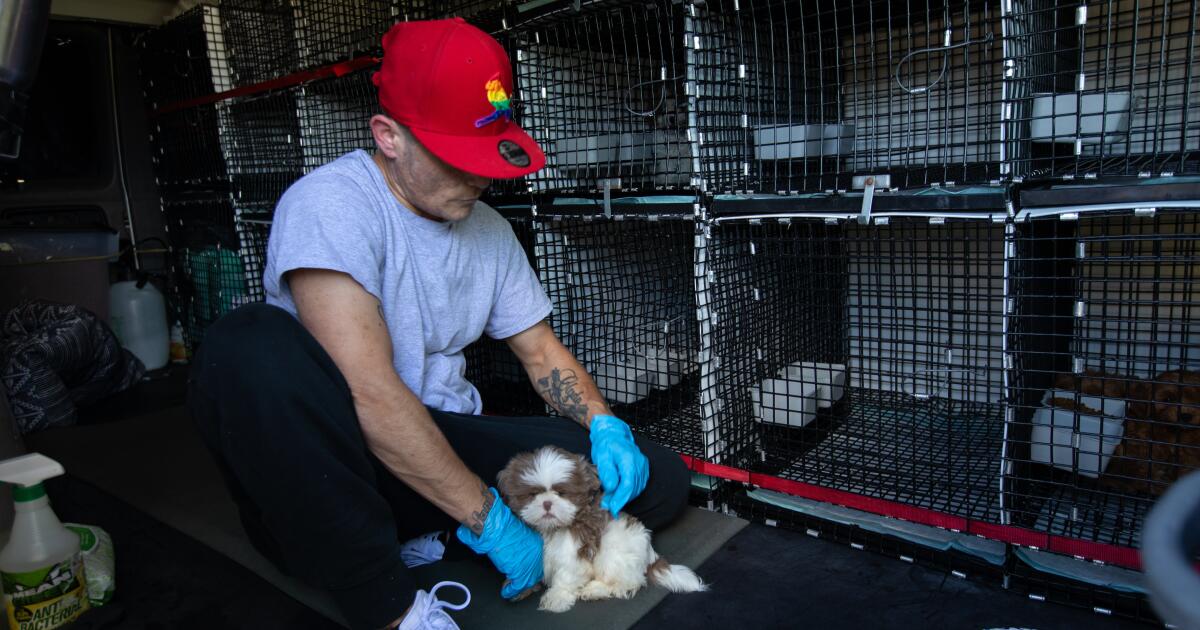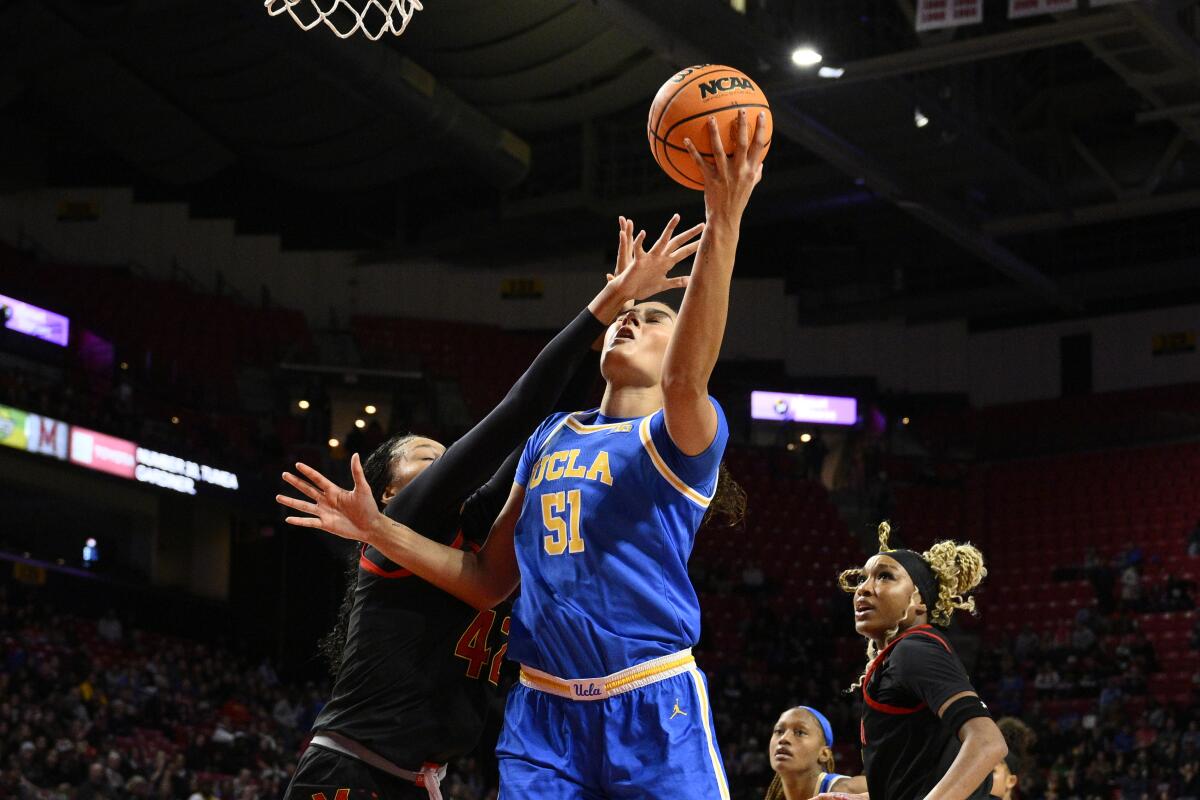Sister Jean dead: National icon during Loyola’s Final Four run
Sister Jean Dolores Schmidt, a lovable, quick-witted nun who became a national phenomenon for her relentless support of the Loyola Chicago University basketball team during its magical Final Four run in 2018, died Thursday, the school said. She was 106.
Sister Jean, as she was known, was 98 during Loyola’s March Madness splash. Her ever-present smile and the sparkle in her eyes were trademarks as she cheered on an unheralded underdog team that notched upset after upset before falling in the semifinals.
After each victory, she was pushed onto the court in her wheelchair and Loyola players and coaches swarmed to her, believing Sister Jean had somehow authored divine intervention.
“Just to have her around and her presence and her aura, when you see her, it’s just like the world is just great because of her spirit and her faith in us and Loyola basketball,” Loyola guard Marques Townes said at the time.
For her part, the lifelong nun downplayed any celestial impact even when leading the Ramblers in pregame prayers in her role as team chaplain.
“At the end of the prayer I always ask God to be sure that the scoreboard indicates that the Ramblers have the big W,” she told the Chicago Tribune. “God always hears but maybe he thinks it’s better for us to do the ‘L’ instead of the ‘W,’ and we have to accept that.”
Sister Jean lived on the top floor of Regis Hall, a campus dormitory that housed mostly freshmen. She’d broken her left hip during a fall a few months before the March Madness run, necessitating the wheelchair. But once she recovered, the barely 5-foot-tall firebrand was plenty mobile in her Loyola maroon Nikes.
She compiled scouting reports on opponents and hand-delivered them to the coaching staff. She sent encouraging emails to players and coaches after games, celebrating or consoling them depending on the outcome.
“If I had a down game or didn’t help the team like I thought I could,” Loyola star forward Donte Ingram said at the time, “she’d be like, ‘Keep your head up. They were out to get you tonight, but you still found ways to pull through.’ Just stuff like that.”
Sister Jean could also be quick with a joke. And she was hardly self-effacing. Told that the National Bobblehead Hall of Fame and Museum sold a record number of Sister Jean statuettes, she cracked during a special media breakout session at the Final Four, “I’m not saying this in a proud fashion, but I think the company could retire when they’re finished making my bobbleheads.”
Even the Covid shutdown couldn’t dampen her spirit. In 2021 at age 102, Sister Jean traveled to Indianapolis and watched Loyola upset top-seeded Illinois 71-58 to earn a berth in that year’s Sweet 16. The Ramblers players waved to her in the stands after the game.
“It was a great moment,” Sister Jean told reporters. “We just held our own the whole time. At the end, to see the scoreboard said the W belonged to Loyola, that whole game was just so thrilling.”
Dolores Bertha Schmidt was born in San Francisco on Aug. 21, 1919, the oldest of three children. She felt a calling to become a nun in the third grade, and after high school joined a convent in Dubuque, Iowa.
After taking her vows, she returned to California and became an elementary school teacher, first at St. Bernard School in Glassell Park before moving in 1946 to St. Charles Borromeo School in North Hollywood, where she also coached several sports including basketball. She earned a bachelor’s degree from Mount St. Mary’s College in L.A. in 1949.
“At noon, during lunch on the playground, I would have the boys play the girls,” she told the Athletic. “I told them, ‘I know you have to hold back because you play full court, but we need to make our girls strong.’ And they did make them strong.”
Among her students were Cardinal Roger Mahony, who served as archbishop of Los Angeles from 1985 to 2011, Father Thomas Rausch, chairman of the theology department at Loyola Marymount, and Sister Mary Milligan, who became the first U.S.-born general superior of the Religious of the Sacred Heart of Mary.
Sister Jean earned a master’s degree from Loyola Marymount University in L.A. in 1961 and took a teaching position in Chicago at Mundelein College, a school near Loyola that was all women at the time. She later served as dean.
Mundelein merged with Loyola in 1991 and within a few years Sister Jean became a team chaplain, a position she held until earlier this year.
“In many roles at Loyola over the course of more than 60 years, Sister Jean was an invaluable source of wisdom and grace for generations of students, faculty, and staff,” Loyola President Mark C. Reed said in a statement. “While we feel grief and a sense of loss, there is great joy in her legacy. Her presence was a profound blessing for our entire community and her spirit abides in thousands of lives. In her honor, we can aspire to share with others the love and compassion Sister Jean shared with us.”
Asked about her legacy, Sister Jean told the Chicago Tribune she hoped to be remembered as someone who served others.
“The legacy I want is that I helped people and I was not afraid to give my time to people and teach them to be positive about what happens and that they can do good for other people,” she said. “And being willing to take a risk. People might say, ‘Why didn’t I do that?’ Well, just go ahead and try it — as long as it doesn’t hurt anybody.”







